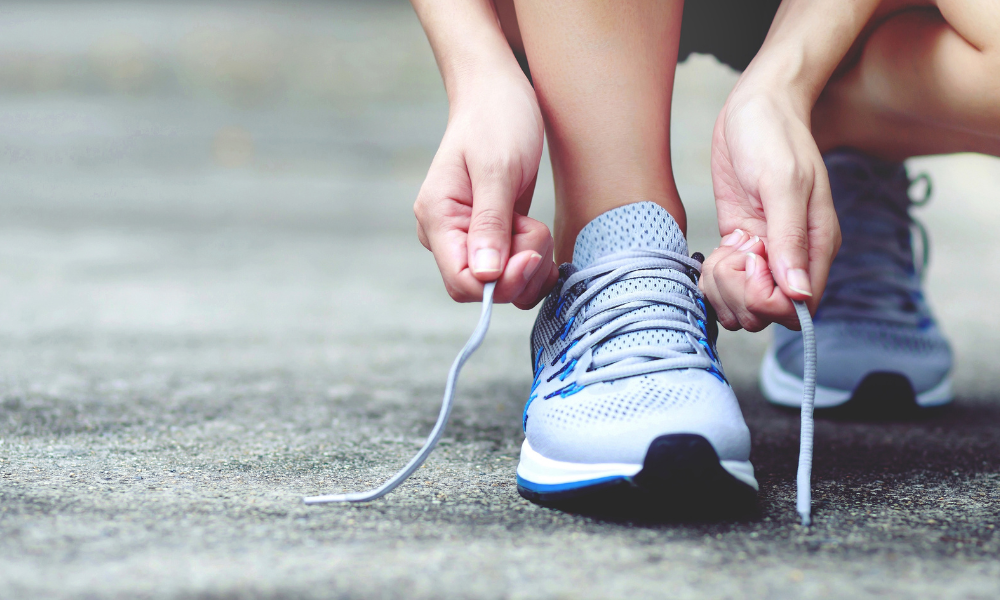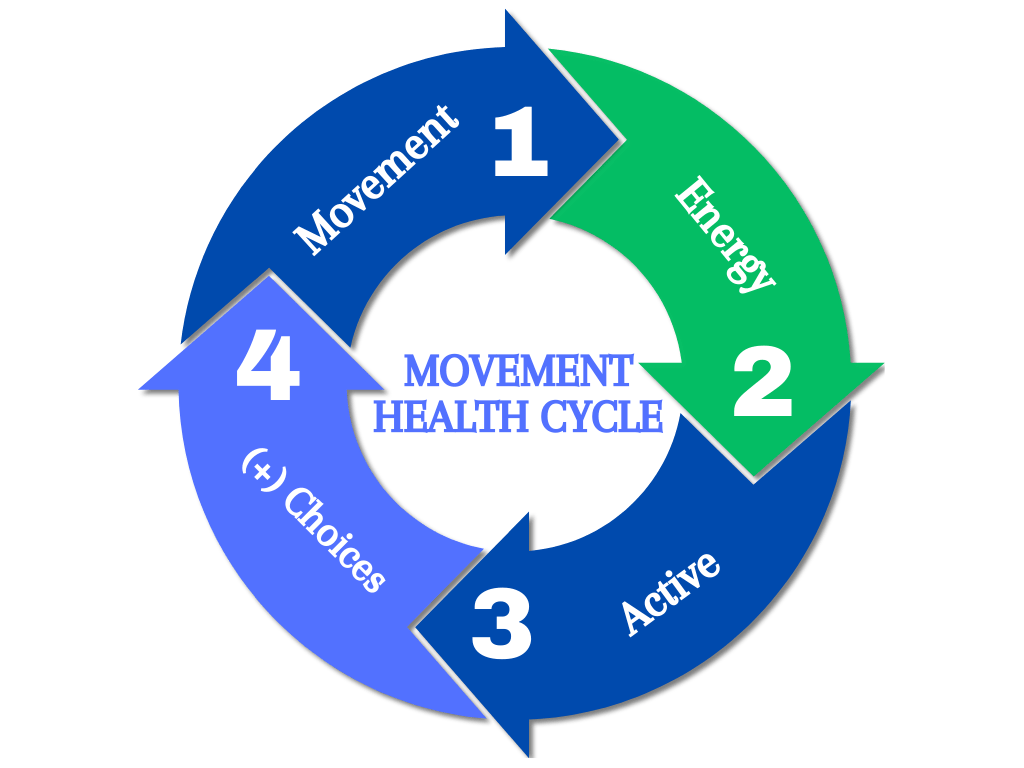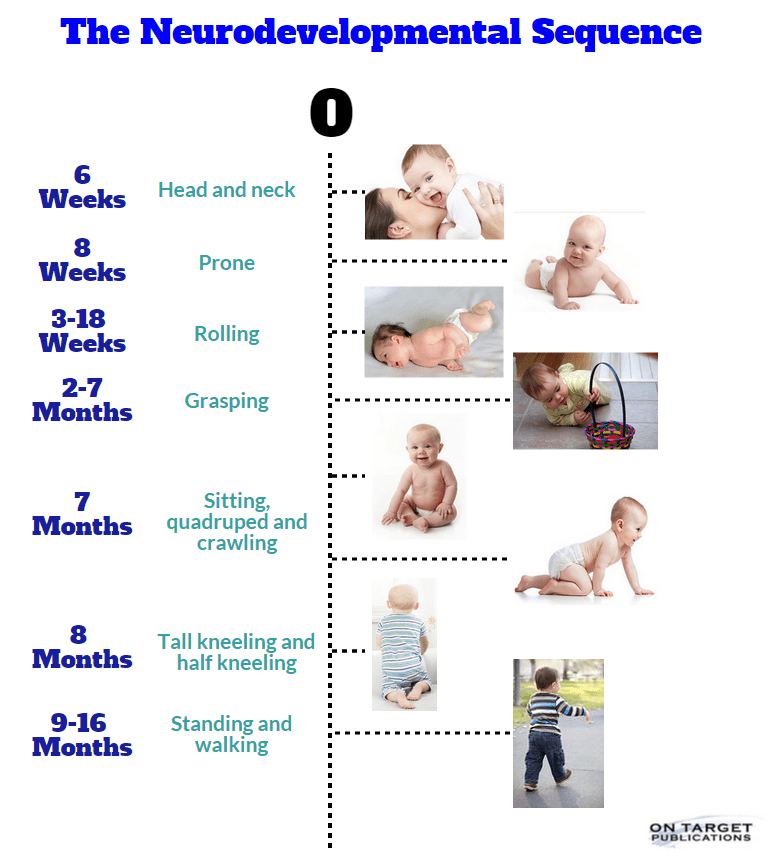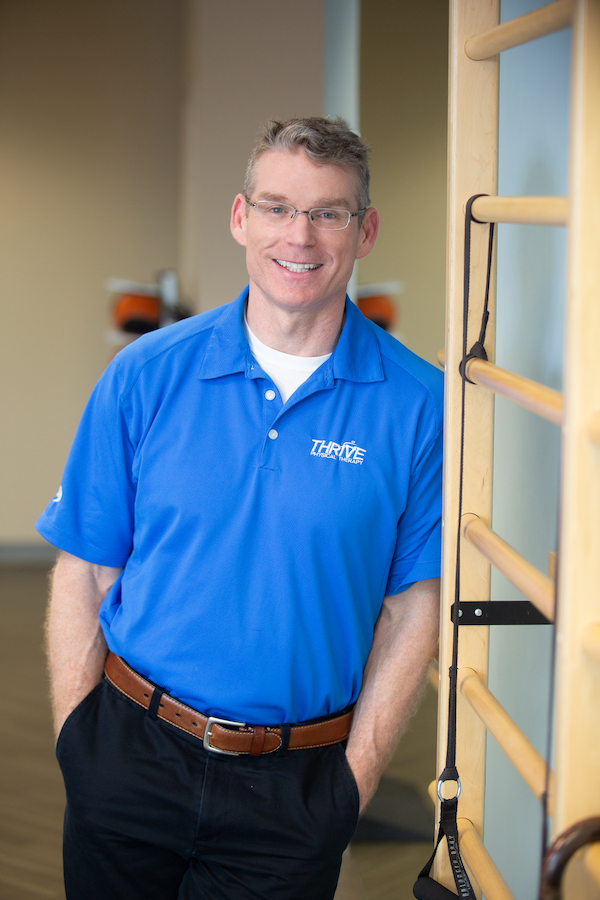Be the first to know. We’ll send you an email when registration is about to open.

All tissues in the body including the nervous system rely on movement for health.
The most common causes of mortality, such as heart disease, stroke, cancer, and neurodegenerative conditions such as Alzheimer’s, are reduced by a multiple of five through regular exercise.
Active, fit people not only live an average of 8 to 10 years longer, but they are healthier and maintain their physical function and independence later in life (Attia P 2023).
If you want to feel good, remain healthy, and be around for a while to enjoy it, then maintaining your fitness is a necessary requirement.

Regular exercise is critical, but science is showing there is more to it than just WORKING Out!
There is an ever-growing body of research showing injuries and diminished physical capability have more to do with the nervous system than muscles and joints.
That is not to say individual components such as mobility, strength, etc. aren’t an important part of the equation, but the key is how well it works together in creating quality movement.
What you do now will determine what you can and will do later.
The area of focus depends on what you have to do on a basis as well as what you want to be able to do now and in the future.
Asking yourself what work and family life requires, as well as what you enjoy regarding recreation as you get older. If you want to be able to hike and garden then starting now to develop the skills is required.
This is not commonly well understood nor is it a strength of most exercise methods. In fact, most fitness programs address movement skills only indirectly.
Learning to “Move Well” is critical to staying healthy and feeling good over the long haul.

So, what does a high “Movement IQ” look like and how do you use it to stay healthy long term?
You might be asking, what is that?
The best way to explain it is to give you a real-life example of the importance of moving well and its effect on the body.
Mary comes in complaining of back and leg pain when standing. She is able to walk only a short distance before her symptoms worsen.
She is in obvious discomfort and walks with a limp on her right side. She is frustrated because she is no longer able to go on hikes with her family and friends.
She has been struggling with this issue for a while; hiking used to be one of her favorite things. She states, “I feel grouchier and have been short with my family. If I am honest, it has been a drain on my energy, and it has been harder for me to keep my usual positive outlook. “
We discuss centering her weight over her feet and adjusting her spine’s position from her habitual strategy. We help her feel the difference in her core and hip muscles, which results in gait improvements.
She feels a difference and gets a smile on her face. “I feel lighter and it doesn’t hurt!” This is the first time she has walked without pain in quite a long time.
She is still smiling at her next treatment session and reports feeling much better. She says, “It has taken effort to adjust my habits, but walking is starting to be enjoyable again.”
Mary’s example is an actual case, but her presentation is a common scenario that has happened many times in my career.
So, what changed that made the difference?
A simple education on how to align herself and moving differently.
Her movement IQ, as we like to call it, improved and she utilized a different strategy for standing and walking.
These changes reduced stress on sensitive tissues, decreased pain, and shifted her body’s biochemical state towards the positive.
Let’s consider movement IQ a bit further so you can better understand it’s contribution to injuries and how to apply it in staying active long-term.
Let’s consider the relatively simple task of mulching a yard, where I have seen more than one injury occur.
Think about picking up the bag of mulch from the ground, carrying it to a location, and spreading it out. It takes being able to assume a variety of positions, transfer weight from foot to foot, and maintain a position while manipulating a bulky mulch bag. It is a sequence of dynamic movements requiring the controlled use of muscles in different ways. The task relies on the nervous system and the brain’s ability to solve movement problems in relation to controlling the weight and shape of the mulch.
For this reason, learning to move efficiently not only improves physical attributes like mobility and strength, but it also improves the way the body coordinates and controls movement.
There is a large volume of research showing that injuries and diminished physical capability have more to do with the nervous system than muscles and joints. That is not to say individual components such as mobility and strength aren’t an important part of the equation, but the key is how well it works together to create quality movement.
This is not commonly understood in the general population, nor is it a strength of most exercise approaches. In fact, it is usually not addressed in most fitness programs.
It’s simple:

But what does learning to move efficiently look like and how is it accomplished?
Movement skills are developed from the inside out and easier to more complex.
Fortunately, there is a common pathway for the development of movement skills.
Nature’s blue print for learning to move is the neurodevelopmental sequence (NDS).
As infants we develop starting with eye tracking, head and neck control, reaching, rolling, crawling, transitional movements on the floor then upright, standing balance development, and then to walking. While time spent in different phases vary, we all go through the same pattern. The NDS serves as the foundational building blocks from which complex movement originate.
Early movement skills develop through exploration of the environment and play. Gradually we develop stability, balance, strength, etc.
Mature movement programs form and refine until running, jumping, and complex sport related activities are possible.

As adults we are not as likely to roll and crawl, like we did when we were kids. But the movement programs developed early in life, are still there serving you in movements done today. They are powerful resources in improving how you move.
For example, as mentioned in Mary’s case above where she was having pain with walking and had a visible limp.
As part of her corrective exercise program, she was taught how to roll and crawl efficiently, which made an immediate improvement in the quality of her walk. NDS oriented exercise rarely fails to make immediate positive changes in our patient’s movement patterns.
While teaching a traditional exercise such as a plank, usually fails to make an observable change in their movement strategy. Though NDS training improves movement patterns, it doesn’t mean it will stick unless reinforced over time. The right home exercise program and deliberate work on a person’s part to change their movement habits is what makes it permanent.
The objective is to improve awareness and train their brain to use a different strategy automatically without conscious thought, while not easy can be accomplished.
Building your foundation of mobility, strength, balance, & core stability is critical!
But a GREAT Fitness Program addresses how well you MOVE and HOW you do what you do!
To improve your MOVEMENT IQ as well as your fitness.
But knowing what “You Need” & how to stay healthy when you have had an injury is difficult!
This was our objective when we developed the Fit to Thrive program, it is a comprehensive approach to fitness, which can be performed from your own home without having to go to the gym.
It is designed to help active adults develop the skills they need to avoid injury, remain physically capable, and to feel their best long-term.
Key Benefits:
PS. Do You have a Physical Challenge You to Overcome? Are you looking for a GREAT Fitness Program & to feel your best?
If you are struggling with pain, stiffness, or just not feeling your best at work and are tired of it — take action!
We have helped thousands of people suffering with physical issues restore their health. Assisting our clients to take control of their health and get back to activities they love is the focus of our Fit to Thrive Program.

I’m Clarke Tanner, cofounder of Thrive Physical Therapy and Wellness.
At Thrive, we help you recognize and overcome what’s limiting you.
But we don’t stop there… We work alongside you to create a lifestyle that lets you feel your best do what bring you joy for years to come.

Want to PREVENT Injuries & Get FIT? What should I focus on? Looking for a program you can do from HOME? We can help! Join us for Thursday's Workshop at 6:30 pm (2/13/25)! We Will Cover: Components to staying healthy Help you find what You Need with Self...
A good fitness program is critical, but knowing what YOU Need & how to stay healthy when you've had an injury can be a challenge! Click here to listen to Clarke's discussion on Three Problems the Fit to Thrive Program solves! Fit to Thrive is a comprehensive...
To stay Healthy an effective exercise program is important! But when you’ve had an injury, knowing what you need is difficult. Fit to Thrive is an 8 Week Intensive program designed by medical professionals, to help develop the skills needed to get Fit & stay...